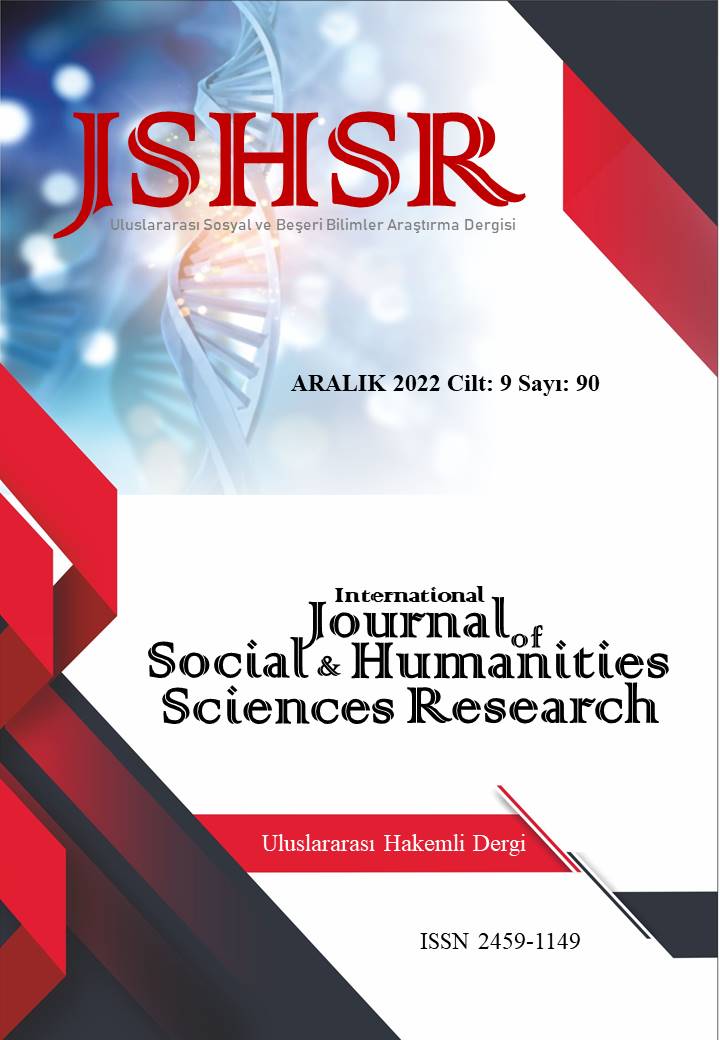REASONS FOR CONFLICT IN PUBLIC SCHOOLS AND SUGGESTIONS FOR SOLUTIONS
DOI:
https://doi.org/10.26450/jshsr.3382Keywords:
Communication, Teacher, Student, Educational InstitutionsAbstract
As in all institutions, communication is very important in educational institutions. Many outputs of the education system are closely affected by the quality of education staff-student communication. Principal and teacher satisfaction is important in terms of parent satisfaction, quality, and development of education policies. There are many problems that arise in the communication process between the teacher and the student in educational institutions. We can state that the beginning of the problem is the lack of communication between teachers and students. Whether these problems are caused by the students or by the student or their parents, if they are not resolved, they can lead to further problems (violence, fighting, etc.). Lack of communication or bad communication causes irreversible damage in the field of education. In addition, if this situation is caused by the education staff, it can cause insecurity as well as negative judgments against the education staff and the school in society. Negative communication affects both parties psychologically, causes deficiencies in service delivery and reception, and negatively affects service quality. In this study, we also; determine the causes and solutions of communication-based conflicts in educational institutions, and offer a model proposal about which methods would be more appropriate. In this study, in which the qualitative research method was used, the data were obtained from 10 teachers working in public schools with the standardized open-ended interview technique. The study group of the research was obtained within the borders of Diyarbakır province in the 2021-2022 academic year.
Downloads
Published
How to Cite
Issue
Section
License
Copyright (c) 2022 INTERNATIONAL JOURNAL OF SOCIAL HUMANITIES SCIENCES RESEARCH

This work is licensed under a Creative Commons Attribution 4.0 International License.


